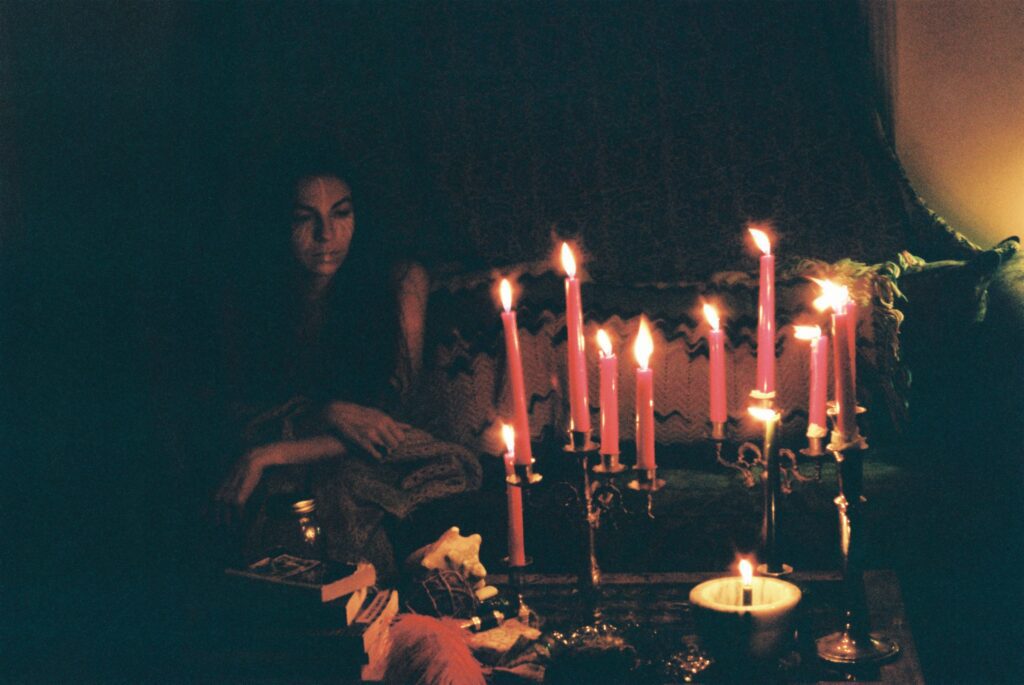
The Ancient Festival that Became Halloween
The celebration of Halloween has ancient roots that trace back to the Celtic festival of Samhain (pronounced “Sow-en”). This festival, observed over 2,000 years ago in what is now Ireland, the UK, and northern France, marked the end of the harvest season and the beginning of the dark winter. Samhain was believed to be a time when the veil between the world of the living and the dead was at its thinnest, allowing spirits to cross over into the mortal realm.
Samhain traditions included lighting bonfires to ward off evil spirits, as fire was seen as a symbol of protection. The Celts would wear costumes, often made from animal skins, to disguise themselves from malevolent spirits. This early practice of wearing costumes to confuse or scare away supernatural forces is echoed in modern-day Halloween’s tradition of dressing up in costumes, though the motivations have changed to be more lighthearted and fun.
Another key aspect of Samhain was the belief that the dead could return to visit their loved ones. Families would set places at the table or leave food on their doorsteps to welcome friendly spirits. This practice evolved into “souling” during the Middle Ages, when poor people would go door-to-door, offering prayers for the dead in exchange for food. This eventually gave rise to the modern tradition of trick-or-treating.
As Christianity spread through Europe, the church sought to replace pagan festivals with Christian holidays. In the 9th century, Pope Gregory III designated November 1st as All Saints’ Day (also called All Hallows’ Day), a day to honor saints and martyrs. The night before, October 31st, became known as All Hallows’ Eve, which later evolved into Halloween.
Although Halloween has since morphed into a secular celebration with jack-o’-lanterns, haunted houses, and candy, its origins remain deeply rooted in the ancient customs of Samhain. Modern traditions remain reflecting humanity’s enduring fascination with the supernatural and the cycle of life and death.

THREE WAYS TO CELEBRATE SAMHAIN
Create an Ancestor Altar
Set up a small altar with photos or mementos of loved ones who have passed away. You can light candles, leave offerings like food or flowers, and spend time reflecting on their memories.
Host a Bonfire or Candlelight Ritual
Fire was a big part of Samhain celebrations, symbolizing protection and transformation. You can gather friends or family around a bonfire or candles to share stories, meditate, or release any negative energy you want to let go of before the new season.
Honor the Spirit World
Whether through a simple moment of silence, lighting a candle, or performing a more elaborate ritual, take time to acknowledge the thinning veil between worlds. You can focus on honoring the dead, spirits, or simply the mystery of life and death.
Photography by Kinzie Schoen of Herbalist and Witch Mama, Alex
